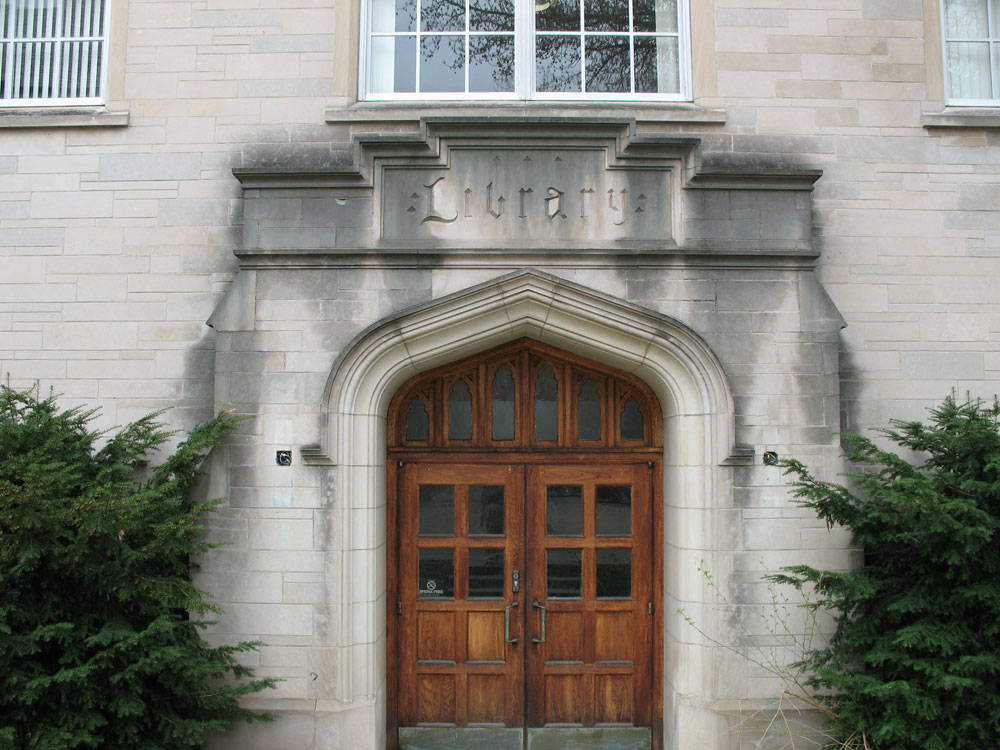
September 28, 2020, Detroit Free Press
Approximately 65 small colleges have closed since 2016. When they do, that leaves an empty campus to deal with. Do they just put the key in the door and walk away? Repurposing the buildings and land is often left to nonprofits.
Dana College in Blair, Nebraska, closed in 2010. In 2019, a nonprofit and a Christian school were in discussions about taking over parts of the campus, but plans were downsized and delayed. (The Dana campus library was listed for sale this month.) A building that once housed the largest K-12 school district in the state of New York was replaced in 1999—it has stood empty and for sale on its 39 acres in rural Hillsdale ever since. College campuses can be likewise situated on wide-open land off the main road. In July, NPQ reported on Marlboro College in Vermont becoming subsumed by Emerson College in Boston; Marlboro already had a buyer, a nonprofit affiliate with charter schools, for the 58 buildings and 530 acres.
After 112 years, Marygrove College in Detroit closed its undergraduate school at the end of 2017 and its graduate program in 2019. The Detroit campus of Marygrove will not be left empty. Marygrove Conservancy was established in 2017 to “receive and administer funds and property and to operate exclusively for charitable, educational, scientific, and literary purposes, as well as to preserve the legacy of Marygrove college” with education models that support pre-natal through college to career. They hope to serve 1,000 students.
The Conservancy intends to help businesses, nonprofits, and startups get what they need to grow in the community, according to Racheal Allen, the Conservancy’s COO.
“In a time where we are more isolated and separated because of COVID, a lot of our business owners and nonprofits were seeking a community where they didn’t necessarily have to work in isolation,” Allen says. “We’re up to about 30 organizations who are tenants now at the Marygrove Conservancy. “In addition to our teacher residency program that is a partnership between the University of Michigan and Detroit Public Schools Community District, U-M School of Education has worked really closely with the School at Marygrove to develop a social justice and engineering curriculum.”
On the first floor of what was the student center and is now the Community Impact Incubator, five nonprofits have offices: Detroit City Lions Football Club, Detroit Youth Choir and Performing Arts Company, Detroit Phoenix Center, JOURNi, and Pure Heart Foundation.
Sign up for our free newsletters
Subscribe to NPQ's newsletters to have our top stories delivered directly to your inbox.
By signing up, you agree to our privacy policy and terms of use, and to receive messages from NPQ and our partners.
JOURNi taught 700 youth last year how to build websites and mobile applications, and they were able to provide 50 virtual paid internships during the pandemic. Having the Incubator space has helped interns avoid the long bus trips round-trip to get to internships for 2 hours. The Detroit City Lions Youth Club provides case management to young people between the ages of 5 and 24 who are involved in sports, exposing students to alternative careers that are linked to sports, such as physical therapy, and sports journalism. More than 330 students have been involved in the program in the first two years, working with 50 mentors and more volunteers. They even deliver food to those whose families are in need.
“The ultimate goal is to be able to provide healthy nutrition through supplemental meals, but also encouraging education and pushing academics first,” said Devon Buskin, president and founder of the Detroit City Lions Youth Club. “The goal is to develop academic athletes out of our program.”
Participants in the Incubator receive 12 months of training, concentrated in areas such as leadership and management, operations and program development, planning, and strategy building. The Incubator hopes to include food start-ups, as well as artists in the future, changing the community.
“Our desire there is to make sure that organizations get access to the resources that they need for capacity building,” Allen says. “Some of the barriers that keep nonprofits from growing are things that could be shared services across the campus. We will provide best-in-class facilities…making sure that business owners and nonprofits aren’t bogged down with the operations components of managing a facility.”
“What I hope to see on this campus in the future is a thriving, vibrant, active community where youth and families can get their needs met,” Allen continues. “Ultimately, we really see this campus as being an anchor for the community where our residents and our participants know that innovation and excitement is happening.”
With so many colleges closing, there can be as many opportunities to create hubs of activity for nonprofits and businesses—housing, education, conference centers, and recreation.—Marian Conway













